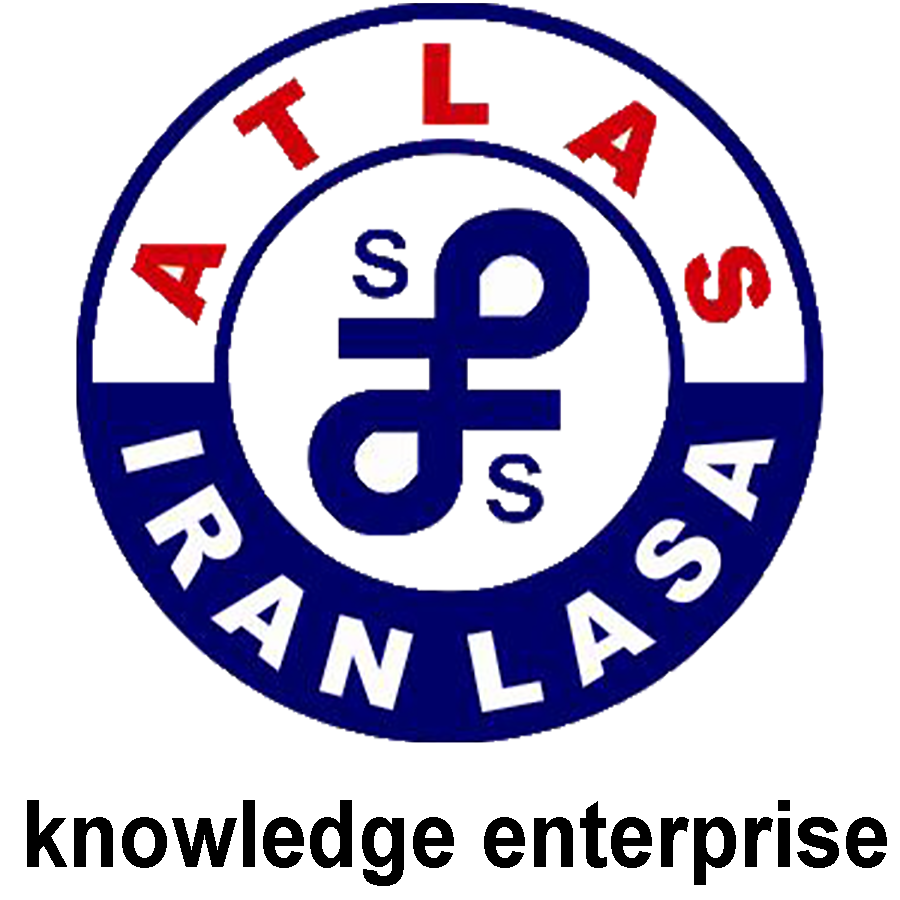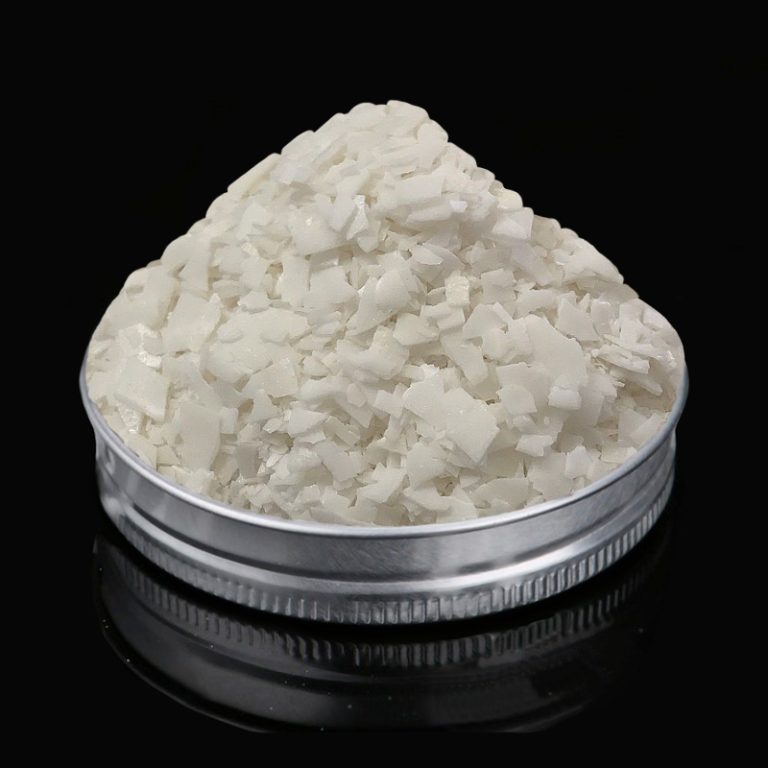To produce some PVC products, such as bottles and pipes resistant to impact and packaging films with high tear resistance, it is necessary to use an additive to improve impact resistance in the formulation, which can be improved with the help of PVC modifiers. has been prepared This need, which exists in the case of many important polymers, has led to the investigation of sintering methods many years ago. This work reduces the glass transition temperature and as a result the products become thinner. But on the other hand, the thermal deformation temperature and thermal resistance of the product decrease.
If hard polymers are solidified through different methods such as adding rubber particles to the polymer continuous phase. The method of adding rubber particles to the brittle polymer, which is one of the most important methods of bonding, was successfully used for the first time in 1920 by Stromis Leski.
In general, PVC can have a brittle behavior in a certain temperature range. But this range of behavior of Chaqrameh is very different from the actual usage conditions.
The effect of melting quality on the impactability of PVC
Due to the complexity of PVC morphology and its high dependence on process conditions, accurate control of process temperature and pressure, molding time, and even the temperature and pressure of various property measurement tests is very important. Melting of PVC, which is accompanied by chain entanglements between primary particles, provides the possibility of recrystallization of the formulation by cooling.
Usually, the graph of the strength of the blow according to the amount of melting has a maximum value. At the same time, the presence of defects and holes in the material, which are created in lower melting values, can cause the failure of the material.
As long as there is a flow of primary particles in the system, there is a large surface area for the interaction of calcium stearate and paraffin wax. But as the process temperature increases and it passes a critical value, the PVC formulation melts more and the emulsifier is separated from it on the surface of the primary PVC particles. In this case, by applying shear to the system, new levels of liquid A device has been created that is free of entanglement of PVC particles.
Impact improvement theory PVC modifiers
The phenomenon of polymer failure depends on several factors such as the geometric shape of the sample, the speed and manner of applying the load, and environmental conditions, especially temperature. The reason for the dependence of the fracture behavior on the loading speed is due to the viscoelastic nature of polymers, which is one of the most important differences between polymeric materials and metals.
The reactions of different types of polymers to the application of stress in the impact test are different. But in general, it can be said that thermoplastic polymers such as PVC usually show one of the three types of reactions: shear yielding, splintering and brittle brittleness, or a combination of them.
Researchers have made many efforts to find a way to predict the failure mechanism of polymers.
Understanding the mechanisms of polymer failure is essential for choosing the correct type and amount of impact modifier to be used and the optimal amount of toughness increase.
Impact modifiers of polymers are actually substances that create or increase energy absorption mechanisms in the formulation. These materials alone can only absorb a certain amount of applied stress, and to prevent failure of the sample, the rest of the stress must be consumed by the dissipation mechanisms created in the formulation.
As a result, with the increase in the size of the rubber particles, it plays a dual role in making rubber. It is believed that the size of the binder particles should be much smaller than 1 micron in order to create a stress yielding mechanism in the polymer. It seems that by increasing the stress around a very small area, the local stress yield is reduced and causes plastic deformation of the polymer.
Types of PVC impact resistance improvers
There are different types of categories for impact modifiers of polymers. According to one of these divisions, which was presented by Latz and Dunkelberger for PVC impact modifiers, based on the particle morphology in the matrix, there are three general types of this additive. The first type has a predetermined size and does not change during the polymer melt process. But the second type has a variable morphology according to process conditions and applied stress. The third type are impact modifiers that apparently have a certain size, but changes may be made in them by changing the process conditions.
Fixed size impact modifiers PVC
Shell core impact modifiers are prepared through emulsion polymerization process and in a radical way. In this method, first, the monomers that are supposed to form the core are added in the aqueous environment in which there is a sufficient amount of stabilizer and initiator. Usually, in the first stage, a suitable amount of networking agents is also used in the system.
Impact modifiers with variable size
In general, there are linear and branched polymers in this category that form a continuous phase during the melting process that covers the primary PVC particles.
Ethylene copolymers
Ethylene-vinyl acetate copolymers are produced under a high pressure polymerization process. By adding vinyl acetate, the regular crystalline structure of polyethylene changes so that no crystallization is observed in polymers with more than 60% by weight of vinyl acetate.













بدون دیدگاه